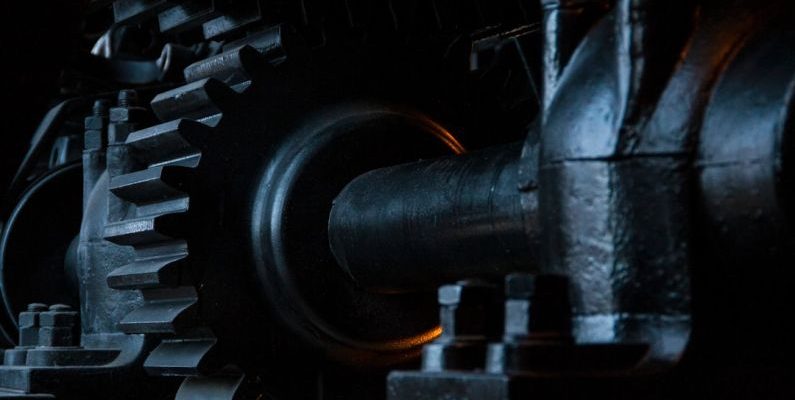Gear systems play a crucial role in determining the performance of machines across various industries. From automobiles to manufacturing equipment, the efficiency and functionality of these systems directly impact overall machine performance. Understanding how gear systems influence the operation of machinery is essential for engineers and designers looking to optimize performance and achieve desired outcomes.
The Basics of Gear Systems
Gear systems are mechanical devices comprised of interlocking toothed wheels that transmit power and motion between different components of a machine. The primary function of gears is to change the speed, torque, and direction of rotation between input and output shafts. By meshing together, gears transfer energy from a power source to the intended mechanical system, allowing for controlled movement and operation.
Enhancing Speed and Torque
One of the key ways in which gear systems influence machine performance is by altering speed and torque. By utilizing different gear ratios, engineers can adjust the relationship between the input and output speeds of a system. Lower gear ratios result in increased torque at the expense of speed, making them ideal for applications requiring higher force output. Conversely, higher gear ratios can enhance speed but may reduce the available torque, which is beneficial in scenarios where speed is prioritized over force.
Improving Efficiency and Power Transmission
Efficiency is a critical factor in machine performance, and gear systems play a significant role in optimizing power transmission. Well-designed gear systems can minimize energy losses through friction and heat generation, ensuring that the maximum amount of input power is effectively transferred to the output. By selecting appropriate gear types, materials, and lubrication methods, engineers can enhance the overall efficiency of a machine, thereby improving its performance and longevity.
Noise Reduction and Smooth Operation
In addition to speed and torque considerations, gear systems can also impact machine performance by influencing noise levels and operational smoothness. Properly designed gears with accurate tooth profiles and precision manufacturing techniques can reduce noise and vibration during operation, enhancing the overall user experience and minimizing wear and tear on components. By selecting the right gear configurations and materials, engineers can create quieter, more reliable machines that deliver consistent performance over time.
Maximizing Performance Through Gear Design
Ultimately, the design and implementation of gear systems play a crucial role in determining the performance characteristics of machines. By understanding how gear ratios, efficiency, noise levels, and smooth operation are influenced by gear selection and configuration, engineers can optimize machine performance to meet specific requirements and achieve desired outcomes. Through careful consideration of gear systems, designers can unlock the full potential of their machines, ensuring efficient operation, enhanced reliability, and improved overall performance.

